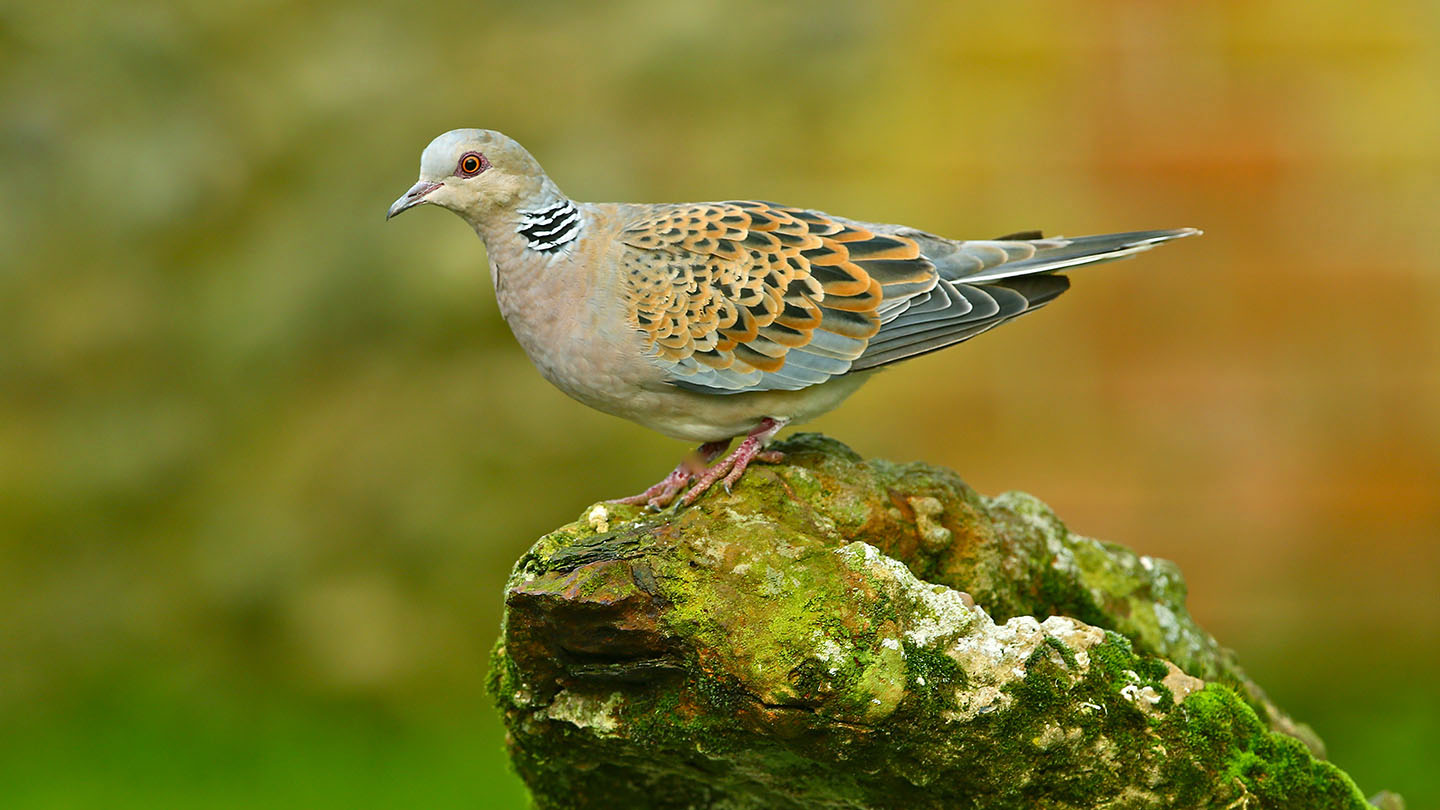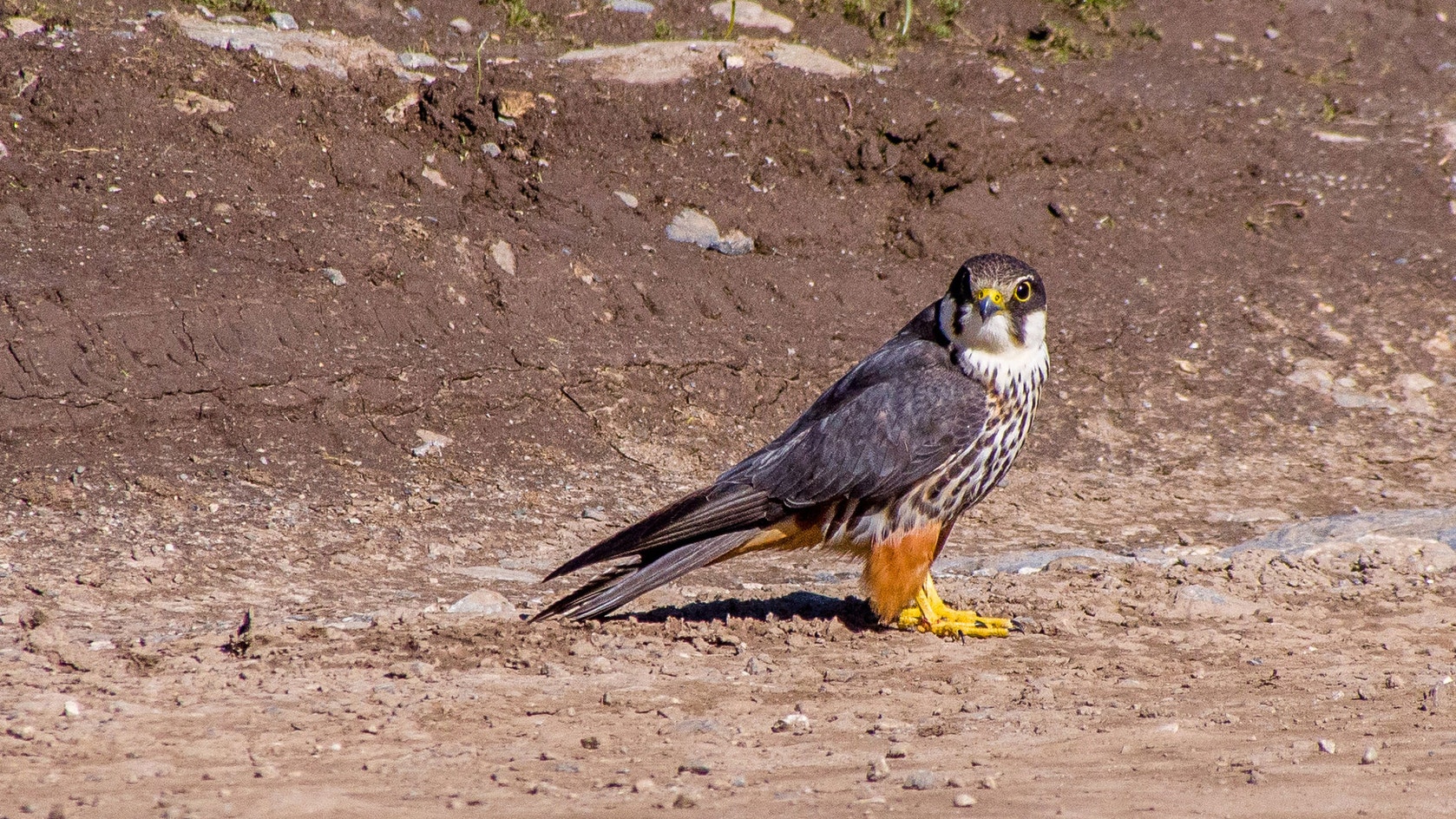.jpg)
World Migratory Bird Day, celebrated biannually in May and October, brings attention to one of nature’s most fascinating spectacles. The long-distance journeys undertaken by millions of migratory birds across the globe.
As an event recognized worldwide, it emphasizes the need for the conservation of migratory birds and their habitats. For a country like Qatar, which sits at the crossroads of major migratory routes, this day holds particular significance.
Qatar, with its unique geographical position between Europe, Asia, and Africa, is a crucial stopover for many migratory species. Its coastal habitats, wetlands, and desert landscapes provide much-needed rest and refuelling points for birds travelling thousands of kilometres between breeding and wintering grounds.
The country’s commitment to bird conservation has grown alongside its development, with national parks and protected areas playing an important role in safeguarding these visiting species.
Each year, Qatar welcomes a wide variety of migratory birds that contribute to the country's rich biodiversity. Among them are some iconic species that play an important role in the ecosystem and bring awe to birdwatchers and conservationists alike.

The European Turtle Dove is a familiar sight in Qatar during its migration. This small, elegant bird is known for its soft purring call and distinctive rusty-red wing patches. It passes through Qatar on its way to sub-Saharan Africa, where it winters.
Unfortunately, the species faces threats such as habitat loss and hunting, making its conservation a priority in the region.

A swift and agile falcon, the Eurasian Hobby is one of Qatar’s most spectacular migratory visitors. Known for its speed and aerial acrobatics, it preys on insects and small birds, often hunting on the wing.
The hobby typically migrates from its breeding grounds in Europe and Asia to Africa, and Qatar’s open desert and wetland areas provide ideal hunting grounds during its stopover.
The striking Greater Flamingo is a regular migrant in Qatar, with its elegant long neck and vivid pink feathers making it one of the most recognizable birds in the region.
Al Thakira Mangroves and Khor Al Adaid are among the key areas where flamingos can be seen feeding on small crustaceans and algae. These areas are essential habitats for this species, serving as resting and feeding grounds during their journey between Africa and southern Europe.
The Greylag Goose is another fascinating migratory bird that passes through Qatar. This large, grey-brown goose is commonly seen in wetlands, often forming noisy flocks. It travels from its breeding grounds in northern Europe to spend the winter in warmer climates.
In Qatar, it can be found in the coastal lagoons and salt flats, which provide suitable habitats during its migration.
A significant number of Caspian Gulls migrate through Qatar, adding to the country’s rich avian diversity. These large, robust gulls can be found along the coastlines, where they scavenge for food.
Known for their pale grey wings and black-tipped feathers, Caspian Gulls breed around the Caspian Sea and migrate southward during the winter months, passing through Qatar as part of their journey.

With its haunting call and distinctive yellow eyes, the Eurasian Stone-curlew is a striking bird often spotted in Qatar’s desert landscapes during migration. It is primarily a nocturnal species, well-camouflaged against the arid, rocky terrain. The Stone-curlew’s stopover in Qatar is part of its migration route between Europe and northern Africa, where it winters.
The majestic Long-legged Buzzard is a powerful bird of prey that makes a notable appearance in Qatar. With its broad wings and reddish-brown plumage, this buzzard is often seen soaring above Qatar’s open landscapes, hunting for small mammals and reptiles. It migrates between Central Asia and the Middle East, using Qatar as a key stopover along the way.

Qatar’s role in conserving migratory birds is growing as the country recognizes the importance of maintaining its natural ecosystems. Wetlands like the Al Thakira Mangroves, desert areas, and coastal habitats are vital for migratory species, providing them with food and rest during their long journeys.
One of Qatar’s flagship projects for bird conservation is the UNESCO-recognized Khor Al Adaid Nature Reserve, home to many migratory species, including the Greater Flamingo. Efforts to monitor and protect these habitats are essential, particularly as urban development encroaches on natural landscapes.
Additionally, events like World Migratory Bird Day offer an opportunity for local communities to engage in birdwatching, awareness campaigns, and conservation activities. These efforts help foster a deeper connection between people and nature, encouraging the protection of migratory birds for future generations.
World Migratory Bird Day serves as a powerful reminder of the incredible journeys undertaken by birds each year. For Qatar, a key stopover on migratory routes, this day highlights the country’s commitment to the protection and conservation of these species.
From the elegant Greater Flamingo to the agile Eurasian Hobby, these birds not only enrich Qatar’s natural heritage but also remind us of the importance of safeguarding the delicate ecosystems they rely on.
By continuing to protect and preserve its natural landscapes, Qatar plays a vital role in ensuring the survival of migratory birds, securing their place in the skies for generations to come.
.jpg)
Qatar Secures Place Among the World's Top 10 Wealthiest Nations
.jpg)
Hamad International Airport Witnesses Record Increase in Passenger Traffic

Saudi Arabia: Any visa holder can now perform Umrah

What are Qatar's Labour Laws on Annual Leave?
Leave a comment